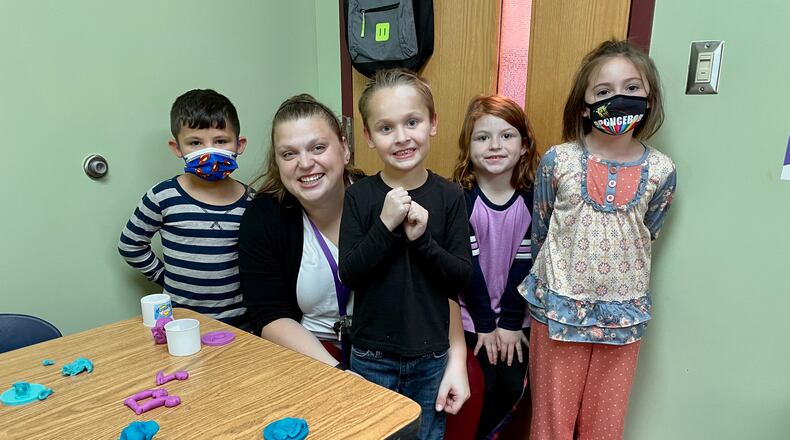“With the ESSER funds, Middletown Schools was presented with an incredible opportunity to serve our students,” said Spokesperson Elizabeth Beadle.
“For example, we’re able to purchase proven reading programs that we weren’t able to afford otherwise. And now have (student) counselors in all of our 10 buildings and we have more bilingual specialists as well as a bilingual psychologist,” Beadle said.
According to the district, ESSER funds channeled — and in some cases augmented through the state in three rounds of funding — have to-date totaled $26 million since 2020.
The annual operating budget for Middletown Schools is more than $76 million.
The sweeping expenses and challenges COVID-19 forced on the district were costly, said school officials, but there are some areas of personnel and program improvement now and in the future made possible by the federal aid.
“Not only will our students catch up from the last two years, but they’re also going to find success quicker and with long-lasting results,” Beadle said.
Since the start of the 2021-22 school year, Middletown has used ESSER funds to add teaching and support personnel and programs including: six elementary counselors; eight additional literacy tutors; five more English as a Second Language (ESL) tutors; seven kindergarten classroom assistants’ three literacy instructional assistants and COVID-19 masks and other personal protection equipment.
And, perhaps most importantly, in enhancing digital learning — especially for students from lower income families — with the provision of more than 2,000 student laptops and home wireless access systems allowing them to learn digitally at school and at home.
Randy Bertram, treasurer for Middletown Schools, said the federal funding has been invaluable during the unprecedented pandemic.
“We are very grateful for the three rounds of ESSER dollars. We are able to do many things with these funds including but not limited to retaining great staff and programs, upgrading and improving technology for our students,” said Bertram.
School officials, he said, were also able to “develop recovery plans for our students for the learning loss they may have had during this pandemic, provide safety protocols and supplies to fight the virus, delivery quality meals to our students while they were learning from home and quarantined, and purchase all the needed textbooks, classroom supplies, and materials that we would not have otherwise afforded.”
“While the pandemic was traumatic in how it affected our educational delivery, the funds derived from it have given us the ability to rethink and invent ways to improve our educational delivery for many years to come, hopefully without future pandemics,” said Bertram.
About the Author

